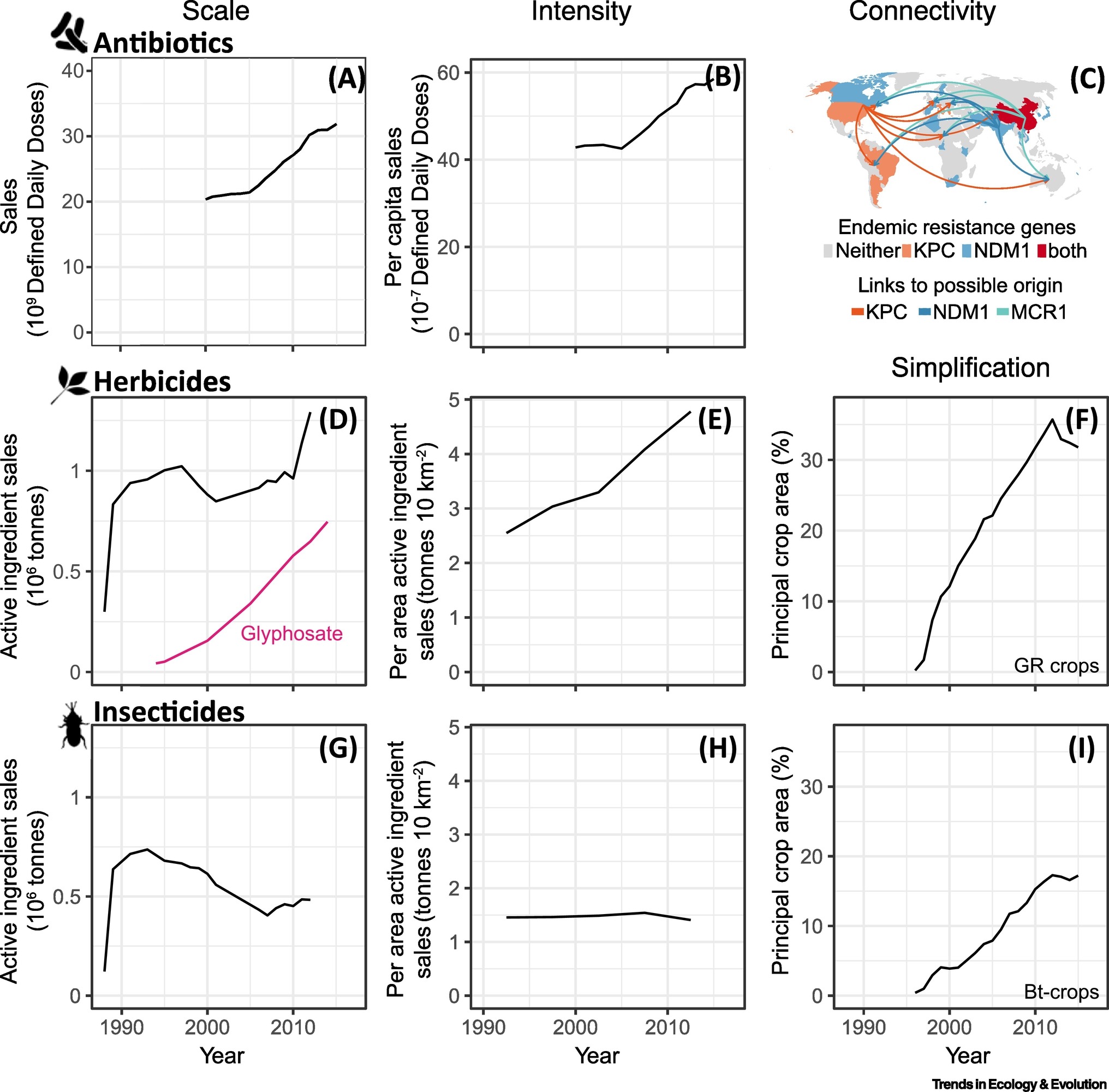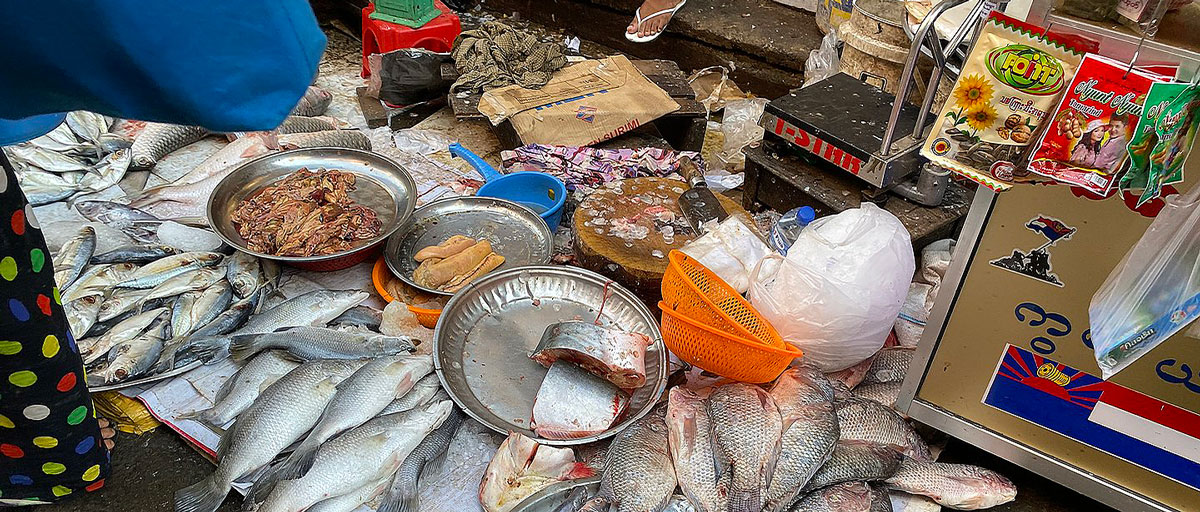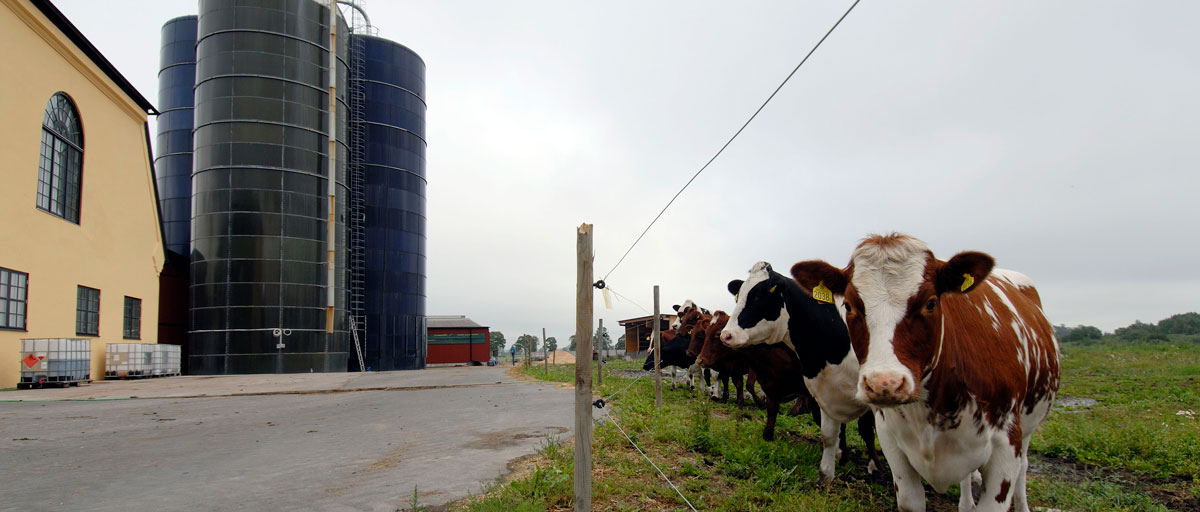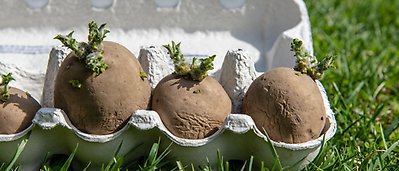Bildtext får vara max två rader text. Hela texten ska högerjusteras om den bara ska innehålla fotobyline! Photo: B. Christensen/Azote
GOVERNANCE AND COEVOLUTION
Three things needed to curb antibiotic and pesticide resistance
- Pesticide and antibiotic resistance are persistent challenges that could seriously impede our food and health systems
- Researchers identify three priorities needed in food and health systems in order to reduce the dependence of biocides
- Efforts are also linked to specific Sustainable Development Goals
Like pandemics, resistance to antibiotics and pesticides knows no boundaries. Unsustainable practices in food and health have been intensifying in an arms race with resistant bacteria, insects and plants
BASIC HYGIENE, MEAT AND TRUST: Humans may be the driving force on the planet, but the Covid-19 pandemic has been a brutal reminder that even the smallest of drops can bring the world to a halt.
The scale, speed and spread of the coronavirus reveals an undesired consequence of a hyper-connected world. Vulnerability is omnipresent.
Similarly, pesticide and antibiotic resistance are persistent challenges that could seriously impede our food and health systems.
To curb these challenges, we must first govern the evolution of our own practices in food and health, which until now have been intensifying in an arms race with resistant bacteria, insects and plants.
In a study published in Trends in Ecology & Evolution, centre researcher Peter Søgaard Jørgensen and colleagues analyse global trends in selection pressures for antibiotic and pesticide resistance and system connectivity (see illustration below). Other researchers from the centre include Carl Folke, Patrik Henriksson and Max Troell. Anna Zorzet from Uppsala University was also part of the author team.
Based on that analysis they identify three priorities needed in food and health systems in order to reduce the dependence of biocides:
- Change in norms and perceptions: feedback and influence from peers and authorities can substantially reduce antibiotic prescribing
- Diversify practices: with the focus often being on new technologies, there is a risk of forgetting successful practices of the past. For example, the origin of the important antimalarial drug artemisinin in Chinese traditional medicine demonstrates the value of historical uses for expanding the repertoire of current medicines
- Collective action, trust and governance: there is increasing evidence that trust, participation, coordination and regulation are important for effective resistance management

Recent global trends in antibiotic, herbicide and insecticide use and antibiotic resistance gene exchange (upper right) show increases in total amount of use (left), and for antibiotics and herbicides growth in per area use (middle) as well as growth in transgenic crops (right). Click on illustration to access scientific study
The role of the Sustainable Development Goals
According to the authors, two goals in particular are interesting: Good health and well-being (SDG 3) and Responsible consumption and production (SDG 12).
In human health, improved basic hygiene and sanitation go a long way toward reducing bacterial infections and thus the need for antibiotics. We need to balance the focus on long term drug innovation efforts with improvements of sanitation and hygiene, right here, right now.
Peter Søgaard Jørgensen, lead author
When it comes to more sustainable production and consumption, it means eating less but better animal protein and shifting to a business model that increases economic return per unit of crop or livestock produced.
Large-scale coordination
But none of these efforts will make much of a difference if they are not coordinated with the neighbouring farmer or neighbouring countries.
For pesticide resistance, agricultural pest management must shift from individual, farm-by-farm approaches to more cohesive and better governed initiatives.
That means a large-scale training of millions of smallholder farmers. This has already proven successful in China and is happening at a smaller scale through agricultural extensions.
Finally, online learning platforms that can be accessible and applicable to a range of users will be important.
Rethink Talks: Pandemics, health and global change: how are they connected?
What is the connection between environmental change and diseases such as coronaviruses? How strong is this connection, can we really blame bats, and what does the future of disease risks look like?
Watch conversation with Victor Galaz, deputy director of the Stockholm Resilience Centre, professor Kate Jones from University College London and Peter Søgaard Jørgensen from the Royal Swedish Academy of Sciences, and the Stockholm Resilience Centre.
Jørgensen, P. S., C. Folke, P. J. G. G. Henriksson, K. Malmros, M. Troell, A. Zorzet, and Living with Resistance project. 2020. Coevolutionary Governance of Antibiotic and Pesticide Resistance. Trends in Ecology and Evolution:1–11.
For more information about the publication, contact lead author Peter Søgaard Jørgensen:

Peter Søgaard Jørgensen’s research focuses on measuring sustainable development in the Anthropocene and developing new approaches to deal with antibiotic resistance.









